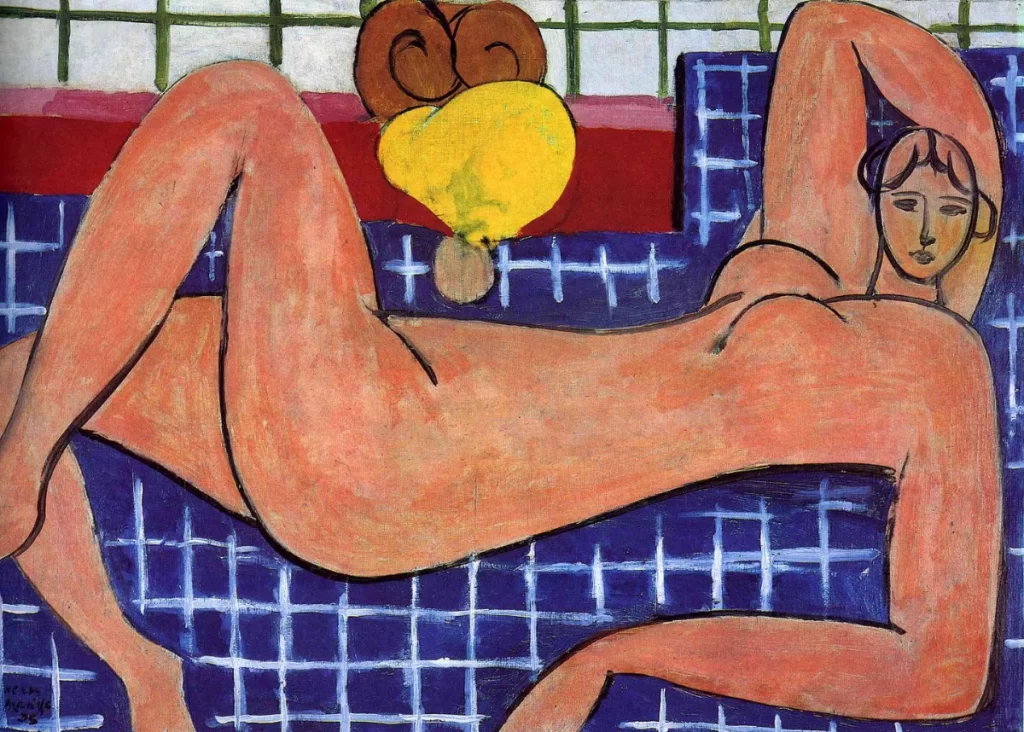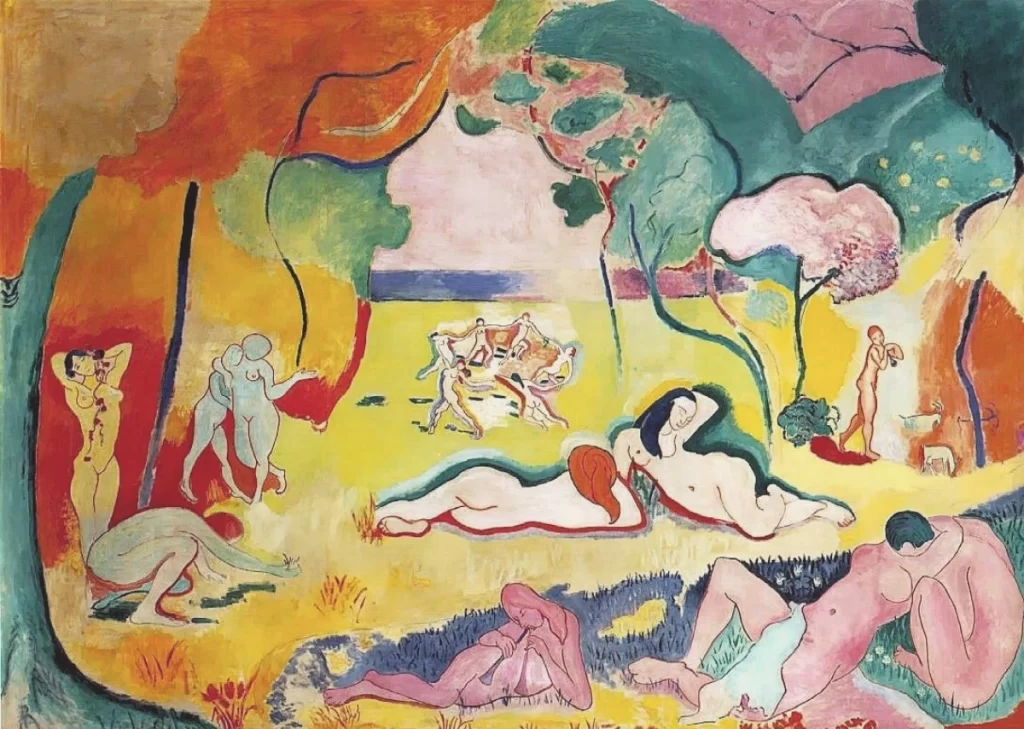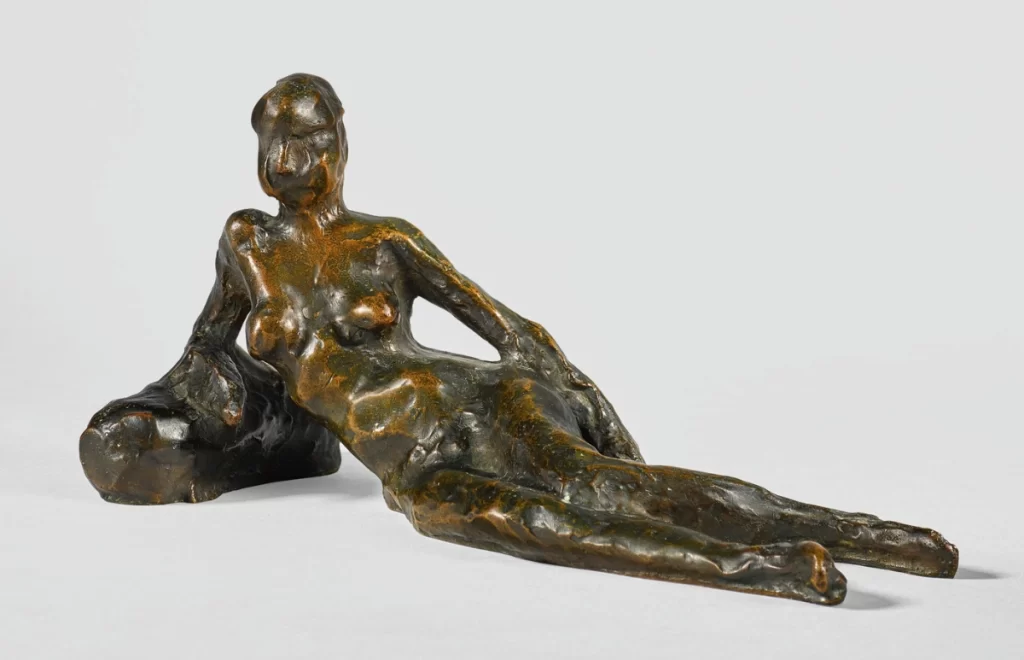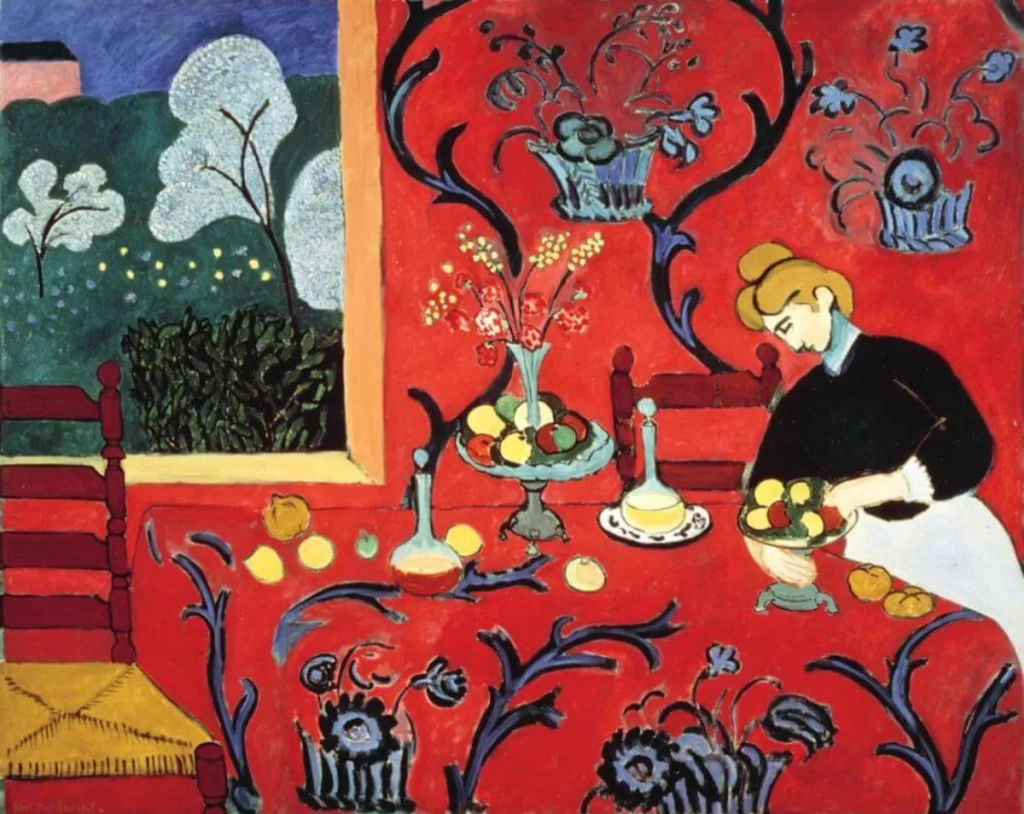“What I dream of is an art of balance, of purity and serenity, devoid of troubling or depressing subject matter, an art which could be for every mental worker, for the businessman as well as the man of letters, for example, a soothing, calming influence on the mind, something like a good armchair which provides relaxation from physical fatigue.”
Henri Matisse
Who was Artist Henri Matisse?
Henri Emile Benoit Matisse was a French visual artist, known for his use of colour and his fluid and original draughtsmanship. He was a draughtsman, printmaker, and sculptor, but is known primarily as a painter. A key pioneer in contemporary art, artist Henri Matisse became known for his mastery of the expressive language of colour and drawing, demonstrated in a body of work spanning more than 50 years.

Henri Matisse, renowned for his distinctive drawing style, became interested in painting relatively late in life and established himself as the main figurehead of Fauvism, the first avant-garde movement at the start of the 20th century. Later, he created massive ornamental art that was groundbreaking in how it depicted the human form and how it used colour to convey ideas. His extensive body of work culminated in a highly innovative series of paper cut-out paintings that established him alongside Picasso as one of the foremost 20th-century artists.
Henri Matisse’s Early Life
Henri Matisse was born on 31st December 1869. He was trained as a lawyer but changed his major to painting due to illness. He studied at the Academie Julian in Paris in 1891 under the guidance of Gustave Moreau and William-Adolphe Bouguereau. In the early years of his work, Matisse concentrated on painting traditional still lifes and landscapes. His style evolved once he met the Australian artist John Peter Russell. He began to create art that was influenced by the Impressionist movement and also showed admiration for Cezanne’s creations. With the development of his technique, Matisse started utilising bold colours and lost some of the realistic elements of Impressionism.

Henri Matisse’s Later Life
Due to advancing age and illness, artist Henri Matisse stopped painting as he realised that he could create colourful art just by cutting his paper into various shapes. His work played a significant role in supporting the importance of ornament in modern art. The use of colour and pattern in his work is frequently purposefully disorienting and uncomfortable, even though he is widely considered a painter who is committed to joy and contentment.

11 Lesser-Known Facts About Henri Matisse
1. Henri Matisse became the leader of Fauvism on the back of an art critic’s comment calling Henri Matisse and other artists “Fauves” or wild beasts in French.
2. He was the first painter to create large-scale cut paper collages, which he termed as “Painting with Scissors”.
3. He also had a small Art School in Paris which he ran for about three years.

4. Artist Henri Matisse published a book on September 30, 1947, named “Jazz”, containing prints of his colourful cut paper collages, accompanied by written thoughts. This was after his surgery which left him wheelchair-bound.
5. At the age of 21, when down with appendicitis and having nothing to do, he discovered the painter within himself.
6. While living in Vence, France, at the Villa Le Reve in the 1940s, Matisse had three cats Minouche, Coussi, and La Puce whom he fed pieces of brioche every morning.

7. Between 1906 and 1917, Matisse lived and worked at the Hotel Biron, an 18th-century mansion in Paris that had been subdivided into apartments.
8. Other than being excellent at painting, Matisse was also a gifted sculptor. He often worked in sequences. He would manipulate the form and simplify it over the years. Matisse worked on three-dimensional mediums that allowed him to twist his figure. He had a total of 82 sculptures and they were made of bronze.
9. Even though Henri Matisse is known for his artistic mastery, he was originally set on becoming a lawyer. He studied law, passed the bar, and worked as a clerk for a law office.

10. The last work that artist Henri Matisse completed before his death in 1954 was “La Rosace,” a circular stained-glass window.
11. As Henri Matisse’s reputation for wildly innovative painting grew, Amelie became her artistic muse, model, and business manager.
Image Courtesy – The New European





